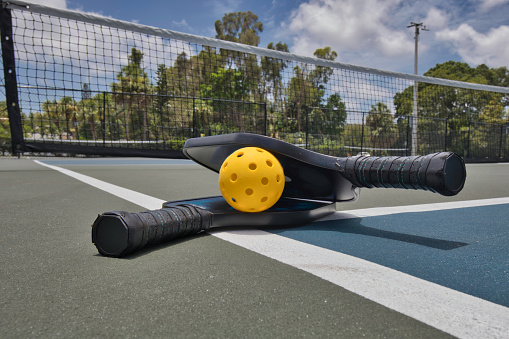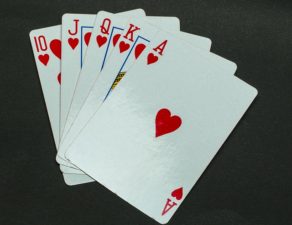
Pickleball is a great game that was invented about 50 years ago and is now one of the fastest growing sports. Likewise, if you have started the patent process with an invention, you may have a plan to become a fast growing company with your new invention.
You want your patent application to be like your paddle not the ball. Patents should be solid and not full of holes. What are the holes in some patents? Patents only cover what is in the claims, but errors or mistakes in other parts of the patent can limit the ability to enforce the patent, creating holes in the value of the patent. I have often been asked if there is a certain percentage change in an invention to invent around a patent. There is no percentage. Rather, to avoid infringing a patent, you have to be sure you are NOT doing at least part of what is in the patent claims. Sometimes patent claims are technical and difficult to understand. At Inspired Idea Solutions Law Firm, when we prepare a patent we have a proven process to prevent mistakes in the patent claims, the written description, and other parts of the patent. If you want help understanding what your patent covers, or what someone else’s patent covers give us a call.
The process of getting a patent can be compared to playing the game of pickleball. When you are serving in pickleball you need to serve in the right place, and sometimes you may be able to serve in a way that your opponent cannot return the ball. In a patent application we must file the patent application within the rules and laws of the US Patent Office. When we file a patent application, the patent office will send a notice if the correct procedures were not followed in the filing process. This rarely happens with our experienced team. When we file a patent application, the first point we score is when we get a notice that the patent was filed correctly and has been given a filing date.
In pickleball, the opponent often does return the ball and then a back and forth battle occurs to try to win a point. In the patent office, after the patent application is filed it is assigned to a patent examiner who does research and in most cases sends a notice of the reasons that they believe that the application is not eligible for a patent. In pickleball, when the serve is returned, you have a chance to hit the ball with the right timing and angle to send the ball back. In the patent office, when the patent examiner sends a rejection, there is a chance for a limited time to respond to the rejection and provide arguments and proof to the patent office that the invention is eligible for a patent. This process in the patent office can happen multiple times, with the average number of rejections before a patent is granted being close to 3. There is no limit to the number of rejections that the patent office can send, and no limit to the number of times that the inventor, or their attorney, can respond to the patent office. If, however, you don’t respond to a rejection within the time limit, then your patent application becomes abandoned.
Pickleball consists of sending the ball back and forth over the net, keeping the ball within the lines or boundaries of the court. If you aren’t careful, the opponent will catch you off guard, or you may set them up to slam the ball at your feet. Likewise, after you file your patent application you need a skilled attorney to handle the back and forth negotiations with the patent examiner to win the patent. To avoid having holes in your patent, a skilled attorney will prepare for the back and forth with the patent office, starting with a quality patent search, and then preparing your patent application so they are prepared to present the arguments and evidence to get your patent approved.
Give us a call if you need help with preparing a patent, or with the back and forth with the patent office. We have a proven process to develop a strategy and win the game with an issued patent that is valuable for your business.




